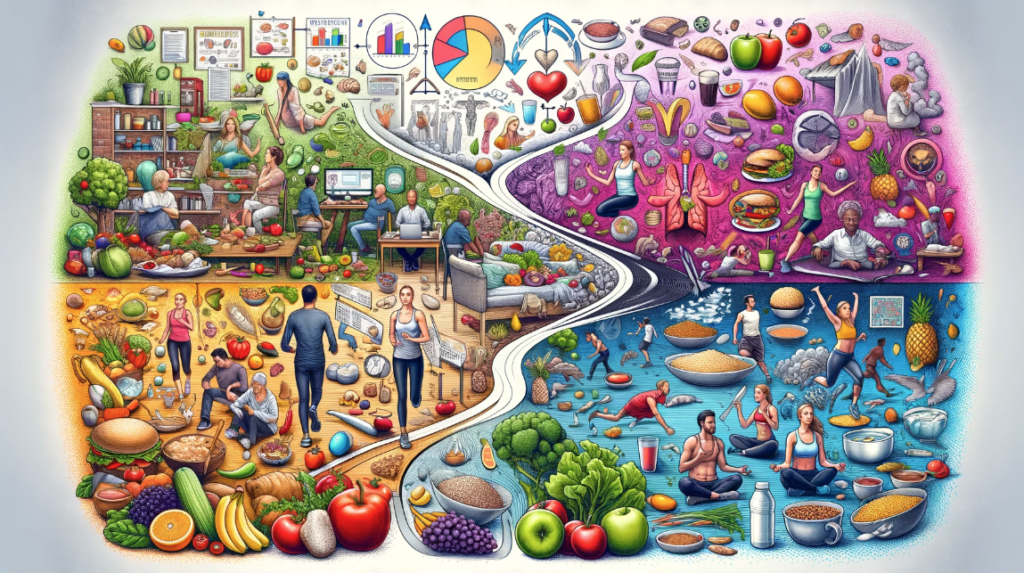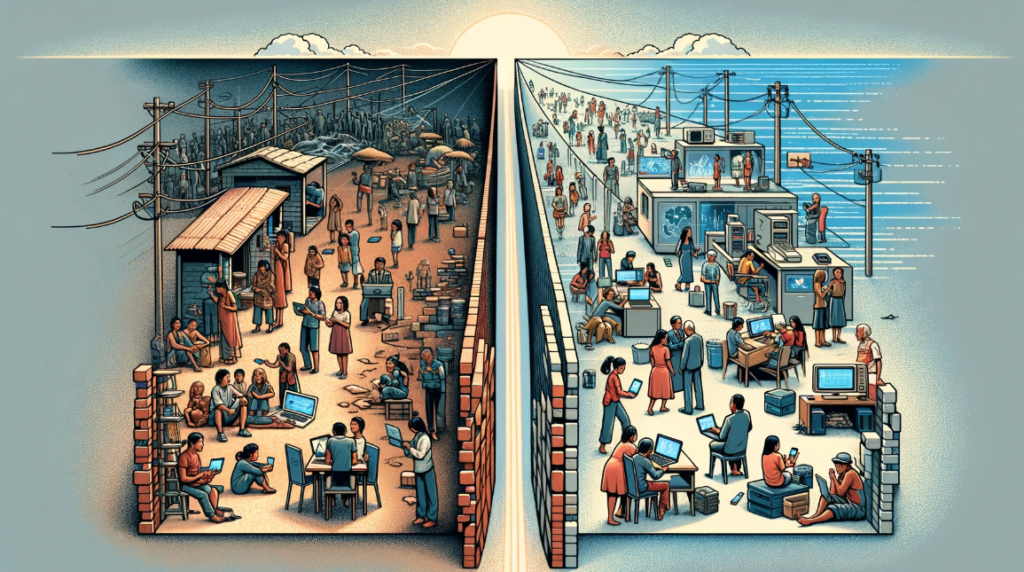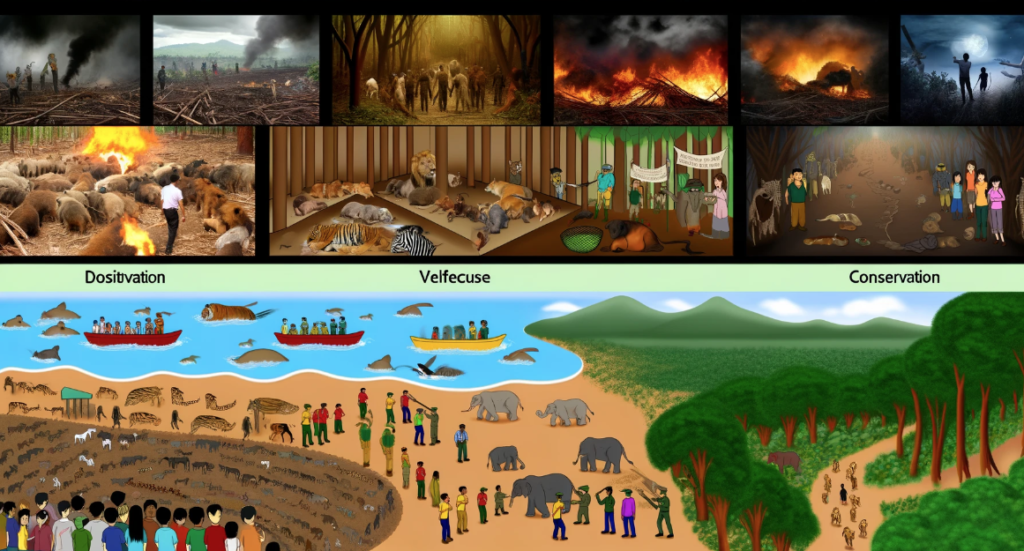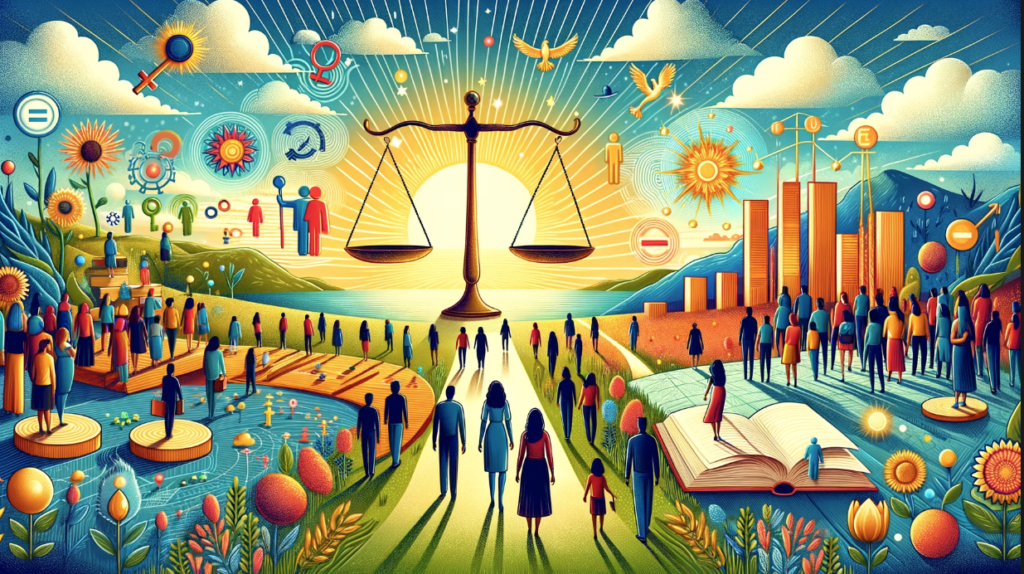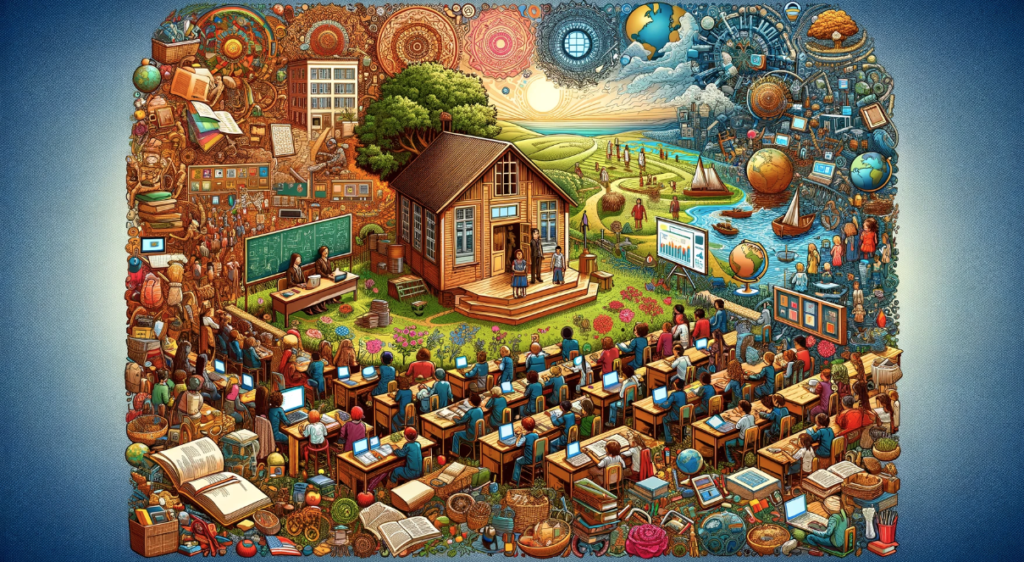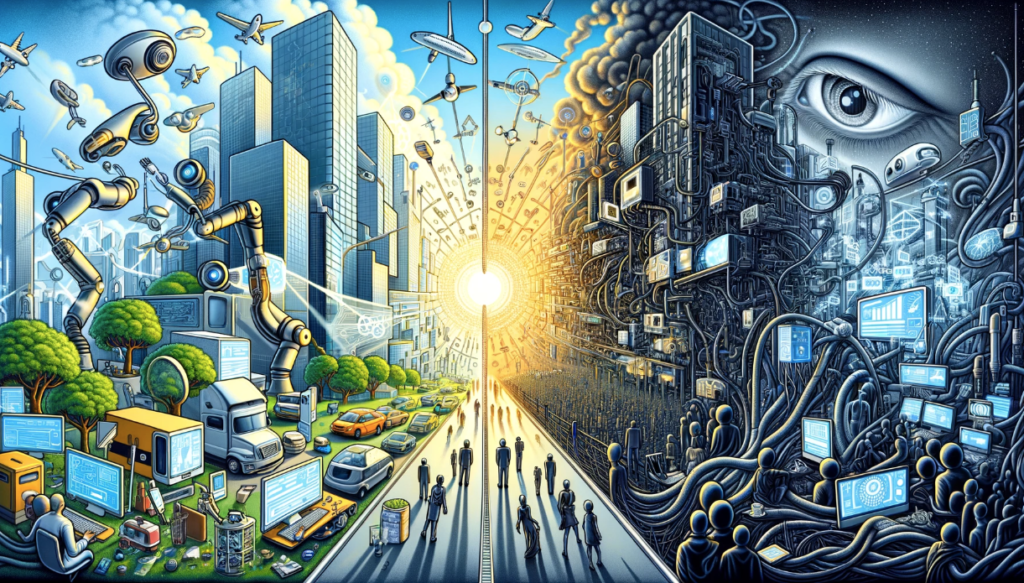Lesson 19. Immigration and Multiculturalism (移民と多文化主義)

▮ Explanatory Text:
Immigration and multiculturalism are defining features of the global landscape, shaping societies, economies, and cultures. Immigration refers to the movement of people from one country to another, often in search of better living conditions, employment opportunities, or safety. Multiculturalism celebrates the diversity brought by immigrants, promoting the coexistence of different cultural traditions, values, and languages within a single society. This topic explores the benefits and challenges of immigration and multiculturalism, including integration, identity, social cohesion, and policy implications. It emphasizes the importance of empathy, understanding, and dialogue in fostering inclusive communities that value diversity.
▮ Common Phrases:
1. Cultural diversity enriches…
2. Integration challenges include…
3. Policies promoting inclusivity involve…
4. The benefits of immigration include…
5. Addressing xenophobia and racism requires…
▮ Example Sentences:
1. Cultural diversity enriches society by introducing new perspectives and innovations.
2. Integration challenges include language barriers and access to education and employment.
3. Policies promoting inclusivity involve anti-discrimination laws and support for cultural festivals.
4. The benefits of immigration include economic growth and the revitalization of communities.
5. Addressing xenophobia and racism requires education, awareness campaigns, and community engagement.
▮ Questions:
1. What are the main benefits of multicultural societies for immigrants and native residents alike?
This question encourages learners to discuss the mutual advantages of multiculturalism, such as cultural exchange and economic contributions.
2. How can societies overcome the integration challenges faced by immigrants?
Participants explore strategies for facilitating the integration of immigrants, including language education and social support systems.
3. In what ways can governments and communities promote inclusivity and combat discrimination?
This prompts a discussion on effective policies and community initiatives to promote diversity and protect the rights of all individuals.
4&5. How does immigration impact the cultural identity of both immigrants and the host country?
Learners examine the complex dynamics of cultural identity in the context of immigration, considering aspects of assimilation and cultural preservation.
Discuss the role of education in fostering multicultural understanding and tolerance.
This question invites discussion on how education can play a crucial role in building bridges between different cultural groups and promoting social cohesion.
▮ Discussion Instructions:
Choose a specific aspect of immigration or multiculturalism that interests you or that you believe is particularly important. Discuss its impacts on society, including both the opportunities it presents and the challenges it poses. Reflect on personal experiences or observations related to this aspect, considering how societies can better embrace diversity and foster an inclusive environment.


